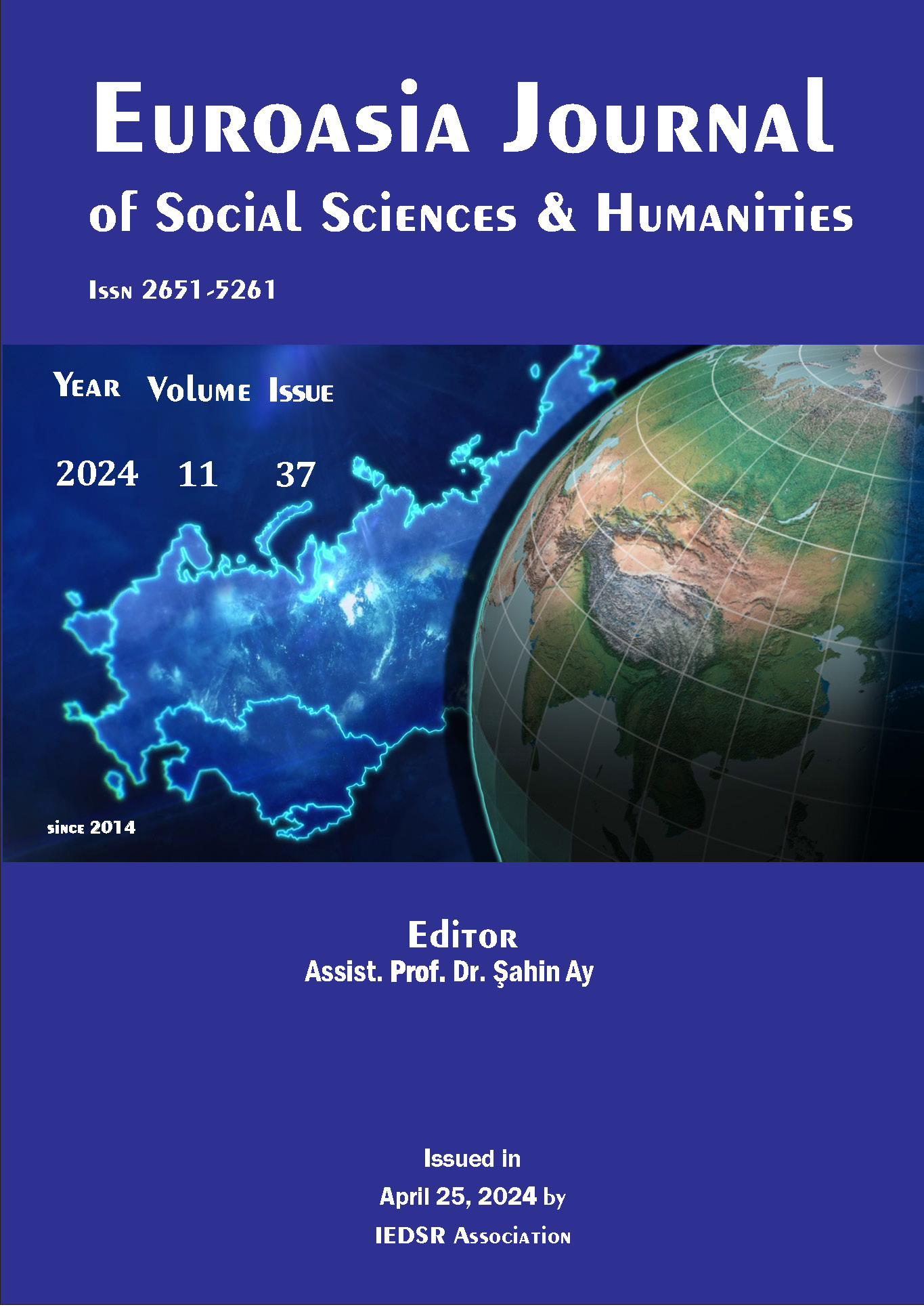Unsere historische Erinnerung – der Völkermord am 31. März
DOI:
https://doi.org/10.5281/zenodo.11854462Anahtar Kelimeler:
genocide, massacres, blood, historical monuments, people, killed, military, tragedies, buildingÖzet
Between March 30 and April 3, 1918, Baku Soviet and Dashnak Armenian armed groups fought against Azerbaijanis in Baku and various regions of Baku governorate, as well as in Shamakhi, Guba, Khachmaz, Lankaran, Hajigabul, Salyan, Zangezur, Karabakh, Nakhchivan and other areas, they committed genocide. According to official sources, about 12,000 Azerbaijanis were killed and tens of thousands people became lost as a result of the genocide. During the March massacres, Armenians destroyed many ancient buildings, historical monuments, including sanctuaries, the Ismailiyya building, which is considered one of the pearls of world architecture, by firing cannons. The minarets of the Juma and Tzapir mosques were severely damaged as a result of the firing by the military fleet stationed in the Caspian Sea. The armed gangs burned the corpses of the people they brutally killed in the caravanserai. Due to its cruelty and scale, the March 1918 genocides are one of the bloodiest tragedies not only in the history of Azerbaijan, but also in the history of humanity.
İndirmeler
Referanslar
Adresse historischer Wahrheiten – Guba Genocide Memorial Complex. Kultur.-2023.-31. März-S.1;4.
Aliyev, H. (2019). (Nationaler Führer der Republik Aserbaidschan.1993-2003). Der 31. März ist der Tag des Völkermords an den Aserbaidschanern: H. Aliyev // Credo. - 27. März- S.1.
Farajov, S. (2023) Blutgedächtnis unserer Geschichte // Kultur - 31. März.- S.6.
Valiyeva, M. (2021). Der Völkermord am 31. März soll ein Heldentat sein / M.Valiyeva // Republik 2021-1. April.- S.4.
İndir
Yayınlanmış
Nasıl Atıf Yapılır
Sayı
Bölüm
Lisans
Telif Hakkı (c) 2024 EUROASIA JOURNAL OF SOCIAL SCIENCES & HUMANITIES

Bu çalışma Creative Commons Attribution-NonCommercial 4.0 International License ile lisanslanmıştır.

